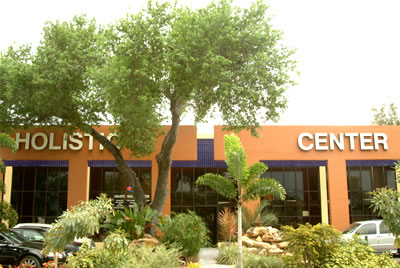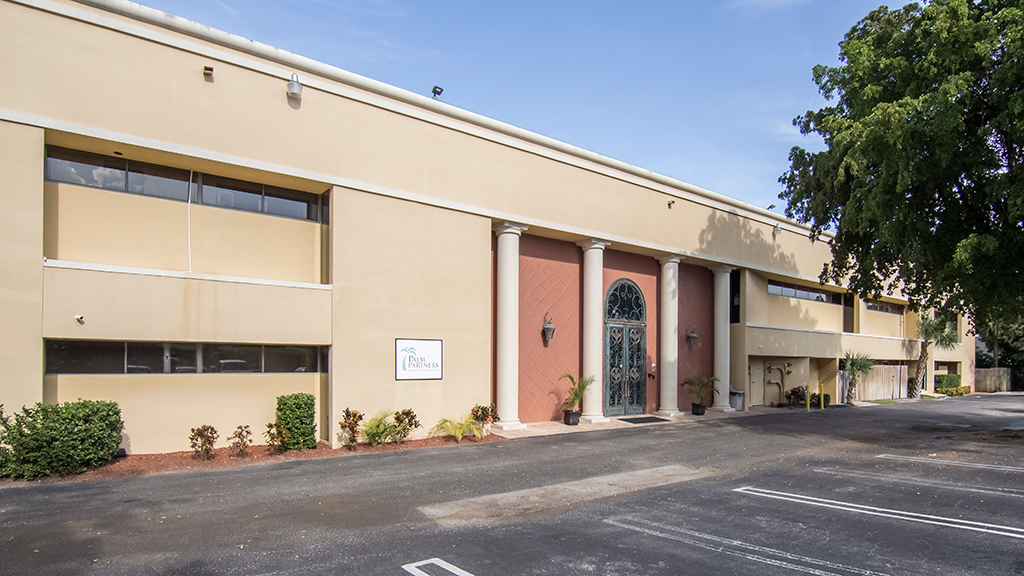Oklahoma Opiate Addiction Treatment
For individuals who find themselves addicted to opiates, the dream of rehabilitation may seem unattainable. As the stresses and pressure of daily life start to pile up, addicts may find it difficult to abstain from using again. Opiate addiction can be especially difficult to address, due to the wide availability of morphine, codeine and heroin on the streets. It is surprisingly easy to obtain illegally written prescriptions for narcotics, especially in larger, more urban areas.
FEATURED TREATMENT CENTERS
Everyone’s needs are unique. We’ve picked the following centers just for you.

OK TREATMENT FACTS
Oklahoma TREATMENT STATS
YOUR TREATMENT MAY BE COVERED!
Call now to find out if FREE TREATMENT is available to you!














